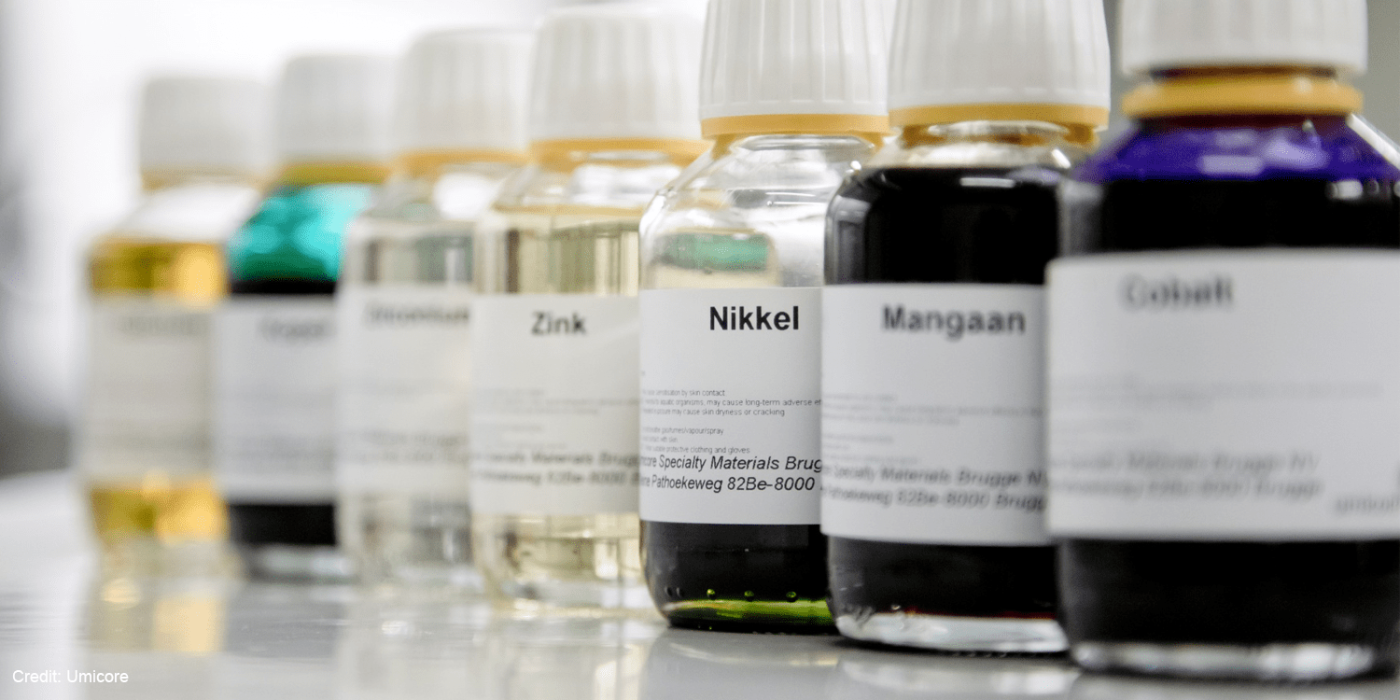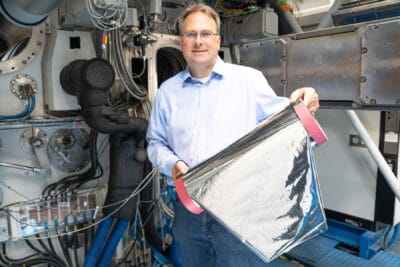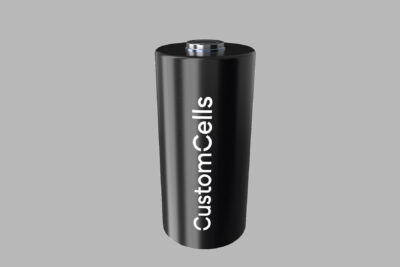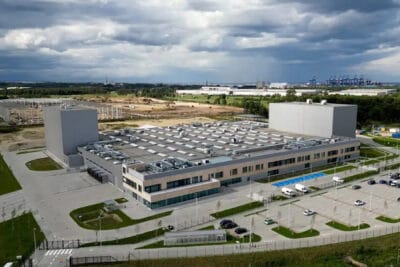Faraday Institution improves battery resource recovery
Researchers working on the UK Faraday Institution project on the recycling of lithium-ion batteries (ReLiB) at the Universities of Leicester and Birmingham have solved a critical challenge in the recovery of materials used in EV batteries at the end of their life.
The new method enables better re-use of the materials in the manufacture of new batteries. It uses ultrasonic waves to separate out valuable material from the electrodes, which is 100 times quicker, greener and leads to higher purity of recovered materials relative to current separation methods, according to the researchers. Specifically, the process uses an ultrasonic delamination technique that blasts the active materials from the electrodes leaving virgin aluminium or copper. This process proved highly effective in removing graphite and lithium nickel manganese cobalt oxides, commonly known as NMC.
“For the full value of battery technologies to be captured for the UK, we must focus on the entire life cycle — from the mining of critical materials to battery manufacture to recycling — to create a circular economy that is both sustainable for the planet and profitable for industry,” said Professor Pam Thomas, CEO of The Faraday Institution. He also added: “This effort to deliver commercial, societal and environment impact for the UK is showing great promise. It is imperative that academia, industry and government redouble their efforts to develop the technological, economic and legal infrastructure that would allow a UK EV battery recycling industry to become established to realise the full benefits of a decarbonised transport sector.”
“This novel technique works in the same way as a dentist’s ultrasonic descaler, breaking the adhesive bonds between the coating layer and the substrate,” added Professor Andrew Abbott at the University of Leicester who lead the research team. “It is likely that the initial use of the technology will use production scrap from battery manufacturing facilities as the feedstock and feed recycled material straight back into the battery production line, possibly at the same site. This could be a real step change in battery recycling.”
This recycling innovation did not come by accident, however, as the Faraday Institution invested £42 million in battery technology in 2018 and another £22 million in battery research earlier this year. That the results The research has been published in Green Chemistry and the team have applied for a patent for the technique.





0 Comments